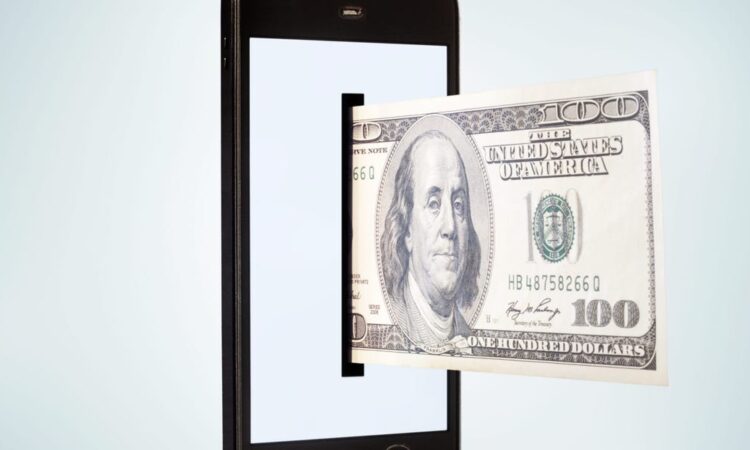
- About 93% of global central banks are exploring the possibility of having their own digital currencies.
- Such central bank digital currencies could boost local-currency payments, and aid the de-dollarization drive, according to a paper by IMF staff.
- China has already introduced a digital yuan and Russia is going ahead with plans for a similar version of the ruble.
A vast majority of global central banks are exploring the scope of issuing their own digital currencies – and it’s a trend that could eventually aid the international campaign to shift away from the dollar, according to a research paper published by International Monetary Fund staff.
Up to 93% of monetary authorities around the world are considering so-called central bank digital currencies (CBDC) and more than 100 countries are looking at retail issuance of such instruments, researchers at the institution said, citing figures from the Bank for International Settlements.
And that could be a tailwind for the anti-dollar movement at least in some economies, according to IMF staff.
“CBDCs could help de-dollarization or counter “cryptoization”,” they wrote in the report, published this month. “In dollarized or euroized economies, the introduction of a CBDC could encourage a greater use of the local currency by making it a more attractive means of payment.”
“In particular, with the rise of other forms of digital money denominated in foreign currency (such as stablecoins), a CBDC can help prevent the local currency from being supplanted,” they said.
However, the impact of CBDCs would depend on the extent to which the instrument addresses the barriers to financial inclusion in a given country, according to the report.
“Central bank digital currency (CBDC) is money that a country’s central bank can issue. It’s called digital (or electronic) because it isn’t physical money like notes and coins. It is in the form of an amount on a computer or similar device,” the Bank of England defines the concept on its website.
“The Bank of England is the UK’s central bank and together with HM Treasury, we are looking closely at the idea of a central bank digital currency for the UK. If we introduced one, we’d call it the digital pound,” it added.
China has already introduced a digital yuan, while Russia is going ahead with plans to pilot a similar version of the ruble. These countries are also at the forefront of an international drive to reduce reliance on the US dollar in cross-border trade and investment flows, in what has come to be known as de-dollarization.
The BRICS group of nations – which also includes Brazil, India and South Africa in addition to the above two – has been reportedly weighing the possibility of some form of shared currency.
Dedollarization is an “irreversible process” that’s gaining momentum, Russian president Vladimir Putin said in a video address at the summit last month.
While some experts perceive de-dollarization efforts as a genuine threat to the greenback’s global power, others have dismissed the movement as a flash in the pan.
Even the mere idea of a common BRICS currency was labelled “just ridiculous” by Jim O’Neill, the economist who first coined the countries’ acronym, last month.



